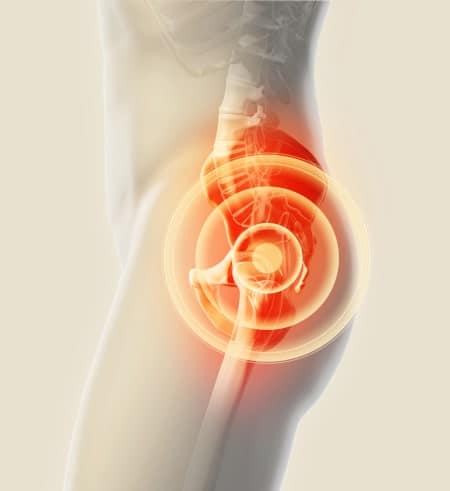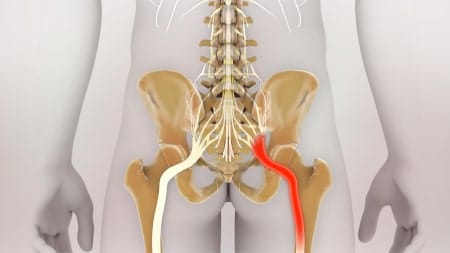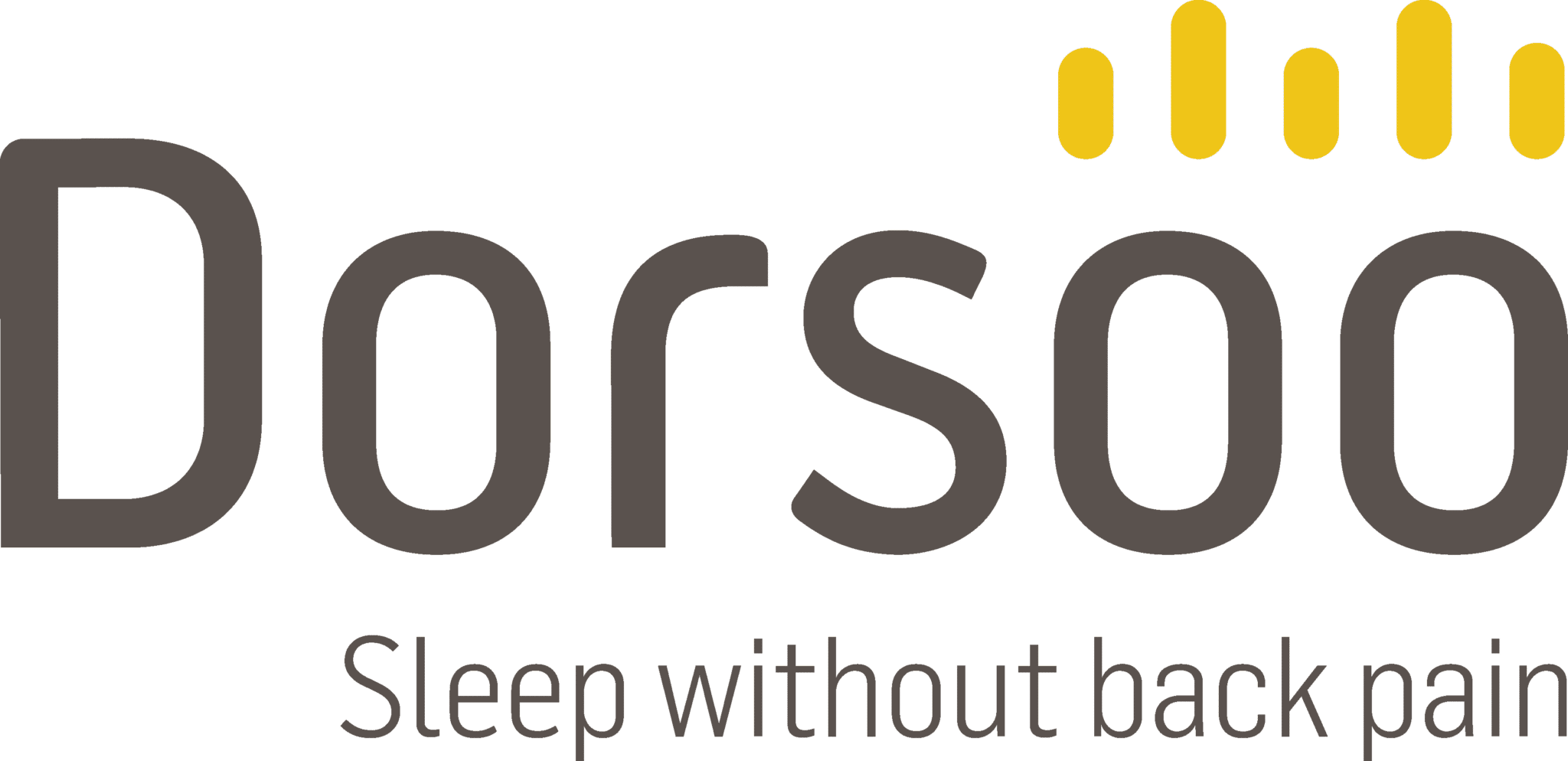What is ischialgia?
Ischialgia, commonly also known as “sciatica” is radiating nerve pain in the hip area. A hernia in the lower back may cause irritation of the sciatic nerve. Sciatica is the name of the longest nerve in the body: the hip nerve or large bone nerve. It starts in the spinal cord and runs through the buttocks/thigh along the back of the leg.
Sciatica is the name of the longest nerve in the body: the hip nerve.
Sciatica causes pressure on the nerve roots because the intervertebral disc loses its structure. This results in pain, a burning sensation and even paralysis symptoms.
The symptoms of sciatica
Sciatic pain can start in various gradations. The pain level varies from mild to severe. The pain starts in the back, may encroach on the pelvis and continues to the upper leg. If sciatica or ischialgia further develops, the pain can radiate via the femur and knee to even the toes.
The following problems often occur with sciatica:
- Pain in the lower back
- Stiffness in the lower back, the hip or leg
- Pain in the buttocks or femur
- Pain along one side or along both sides of the bottom
- Piercing pain
- Shimmering, tingling
- Radiating pain to the leg (up to the knee, but less towards the foot)
- Radiating pain to the groin area
- Painful muscles in the buttocks or the bottom
- Pain during sitting, standing for longer periods or sauntering

The cause of sciatica
Sciatica or the radiating nerve pain in the hip area occurs through pressure on the sciatic nerve (nervus ischiadicus) at the point where it comes out of the spinal cord.
The cause of this pressure is loss of structure of the intervertebral disc, due to unsafe use. Various reasons may be at the base of this damage. It may be caused by pregnancy or labour, by lifting heavy objects, an incorrect posture or a cramped buttock nerve.
But there can also be other reasons for sciatica:
- Nerve disorders
- Pelvic blockage
- Wrong twisting movements or torsions
- Incorrect bending
- Strain on muscles (due to a distorted nerve function)
- Difference in length of legs
- An inflammation in the SI (Sacroiliacal) joint
- Arthrosis (wear) and arthritis
Sciatica is often a further stadium than a lumbago or hernia. 90% of patients with sciatica have suffered from lumbago. To the question whether sciatica is hereditary, we have no conclusive answer up to now.
The treatment of sciatica
To treat sciatica, first the cause has to be examined. The treatment focuses on the location of the irritation, so in the back, the pelvis and buttocks.
The treatment focuses on the location of the irritation.
Most of the problems resolve themselves. In acute sciatica, pain medication is a good help. But for problems not to become chronic, it is sensible to visit a doctor or a physiotherapist. Prevention is better than cure.
Medication
If the problems are minor, pain medication mostly suffices. For severe pain, infiltrations with painkillers may help (injections). Cortisone is in that case anti-inflammatory.
Moving
It is also important to keep moving. Moving is important for the circulation of the muscles and joints and to keep the back supple.
Physiotherapy
The physiotherapist may resolve sciatica by way of ultrasound on the painful and inflamed locations. Exercise therapy is also important. The physiotherapist will teach certain exercises to strengthen the muscles. These exercises are posture exercises for better stability of the joints but also exercises with light weights to strengthen the abdominal and back muscles.
A good sleeping system
A good sleeping system, like Dorsoo’s ensures good, correct support and relaxation. Because you are sleeping in the correct position in such a bed, the pressure on the sciatic nerve reduces and pain can reduce notably or disappear.


